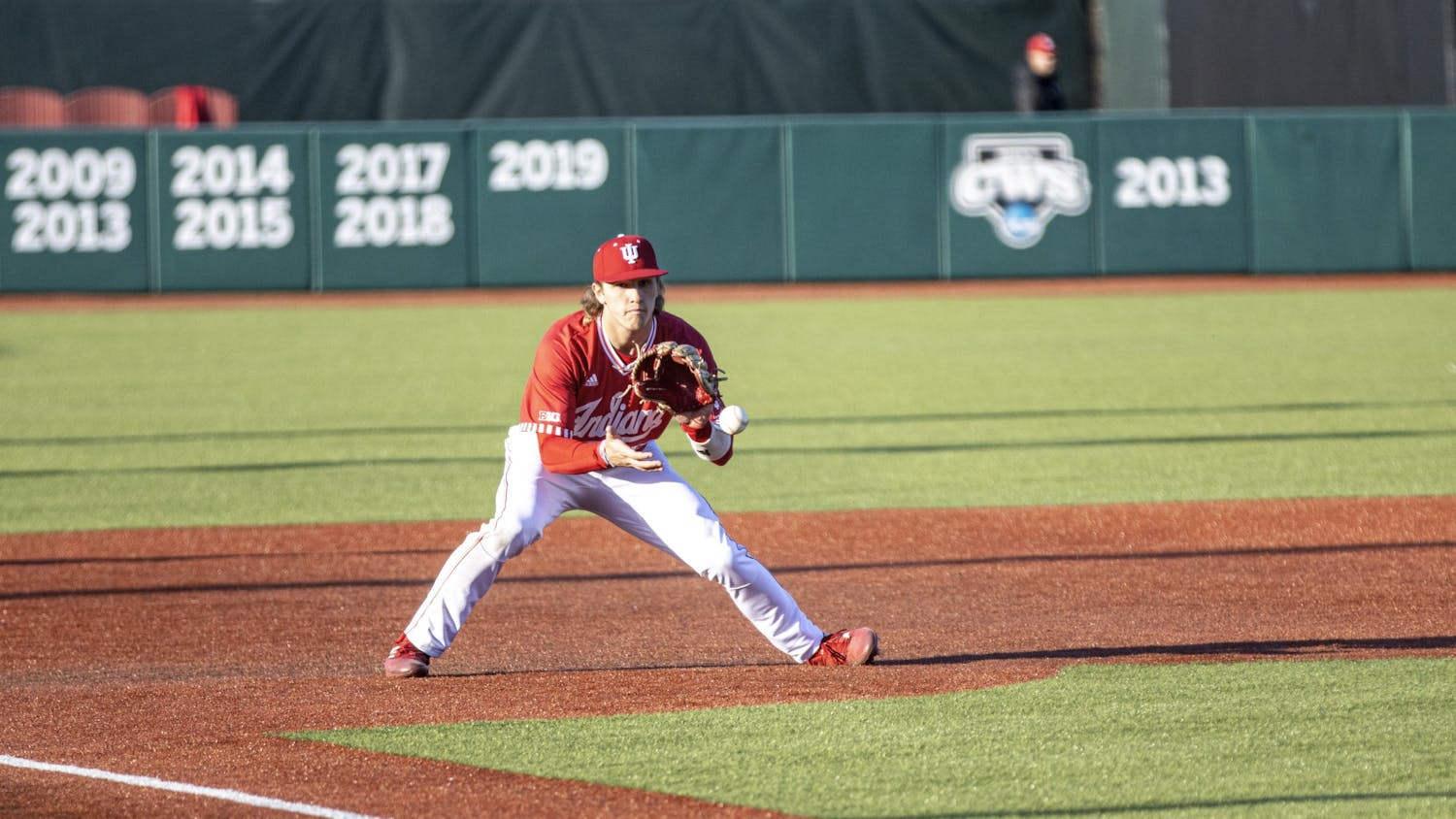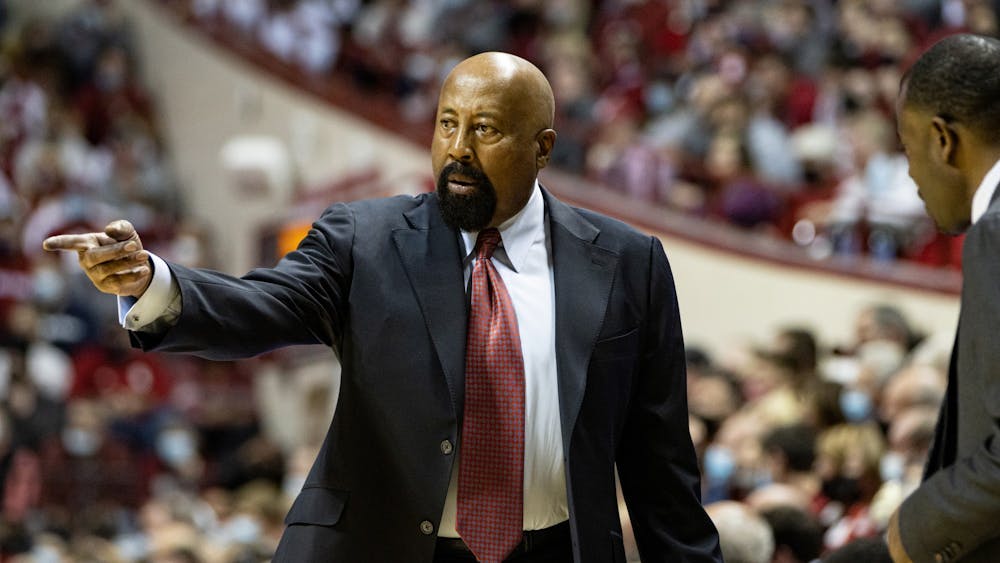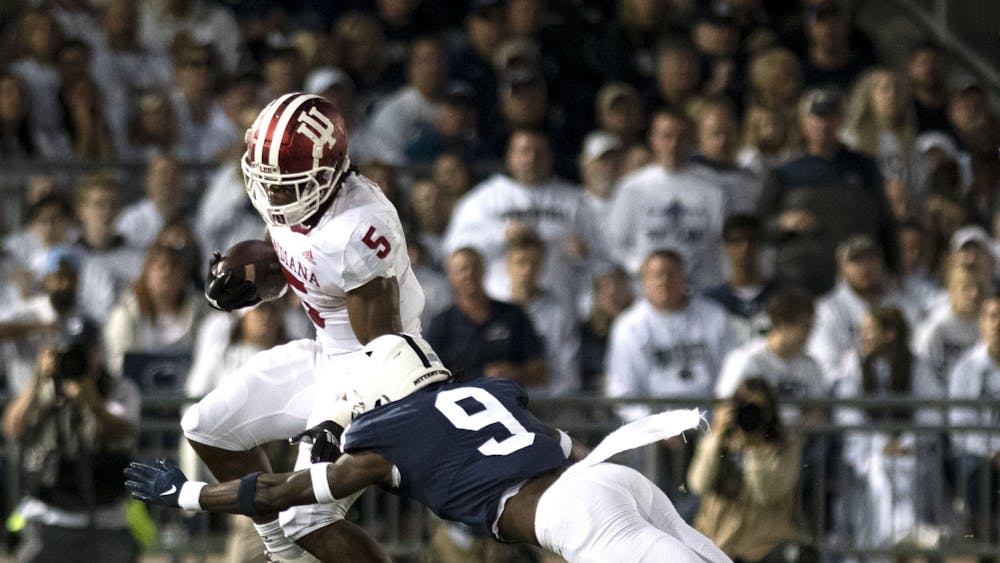Like the first sign of spring, few things hold more promise in March than a freshly printed NCAA tournament bracket. It’s a simple thing, a bracket, a cluster of right angles leaking out toward the middle of the page. But within the web of lines lie fairy tales to be written, heroes to be forged and champions to be crowned. Within the web of lines lies possibility that only imagination and maybe logic can curtail.\nThe bracket itself stands as a symbol of two of America’s most cherished values: equality and free enterprise. Excluding the little numbers in parentheses – the bracket does not distinguish between a juggernaut and an underdog, a North Carolina and a Mount Saint Mary’s. According to the bracket, a Bulldog holds the same standing as a Hoya and will get a chance to prove its worth. Free enterprise is evident because the NCAA tournament is a frenzied competition at its core. Nothing is given. There are no guarantees or second chances in March Madness. The teams that are rewarded are the ones that seize opportunity and roll with the hand they’ve been dealt. The bracket is a capitalist’s dream.\nBeyond ideology, the bracket stretches the limits of the English language, creating its own unique lexicon, a “Bracketuese,” if you will, that may not be found in the American Heritage Dictionary but surely isn’t lost on the Eagles of American University. Catchphrases abound. Bracketology, sleeper team and “Pittsnoggled” are just a few of the buzzwords thrown around each March. If one is an astute bracketologist, such words can even be combined in the same sentence: Bracketology has really paid off this year as my sleeper team just “Pittsnoggled” its way into the Sweet Sixteen. Not only does the NCAA tournament inspire alliteration (bracket buster, Final Four), it also uses allusion (Cinderella, David and Goliath) and even hyperbole (Gus Johnson). English professors, take note.\nA story exists behind each word, of course. There is no “Pittsnoggled” without the sharp-shooting of former West Virginia standout Kevin Pittsnogle. There are no sleeper teams if giants aren’t slumbering in the first place, dreaming of their One Shining Moment. Take March Madness, for example. Today, the reference is ubiquitous, but it wasn’t always so. It’s thought the term first originated from the phrase, “As mad as a March hare,” a reference to the excitable nature of rabbits during mating season. It wasn’t until the 1960s that the term was applied to humans and a 1991 article in the San Francisco Chronicle is credited with making the link to the Big Dance. Like Coppin State this season, we’ve all come a long way from where we began.\nCorporations understand the appeal of the bracket. They try to fall into its good graces – maybe catch some of the millions of dollars that fall on its table each year. The latest example of this hoops hijacking came in the partnership between CBSSports and Facebook. The fusion of news network and news feed has produced an official NCAA March Madness Bracket application, so one can compare cyber brackets with the other 65 million Facebook users. The office pool has never looked so minor league.\nIf the freshly printed bracket holds promise, that promise surely dwindles after the tournament tips off. That’s part of the mystic of the bracket. It might appear straight and narrow, but the path to the Final Four is as convoluted as any backwoods trail. So fill in the blanks carefully, with thought and precision, with hope \nand imagination. \nBut first, take a second to marvel at the method behind the madness. Take a second to pay respects to the bracket.
Breaking down ‘the bracket’
Get stories like this in your inbox
Subscribe





